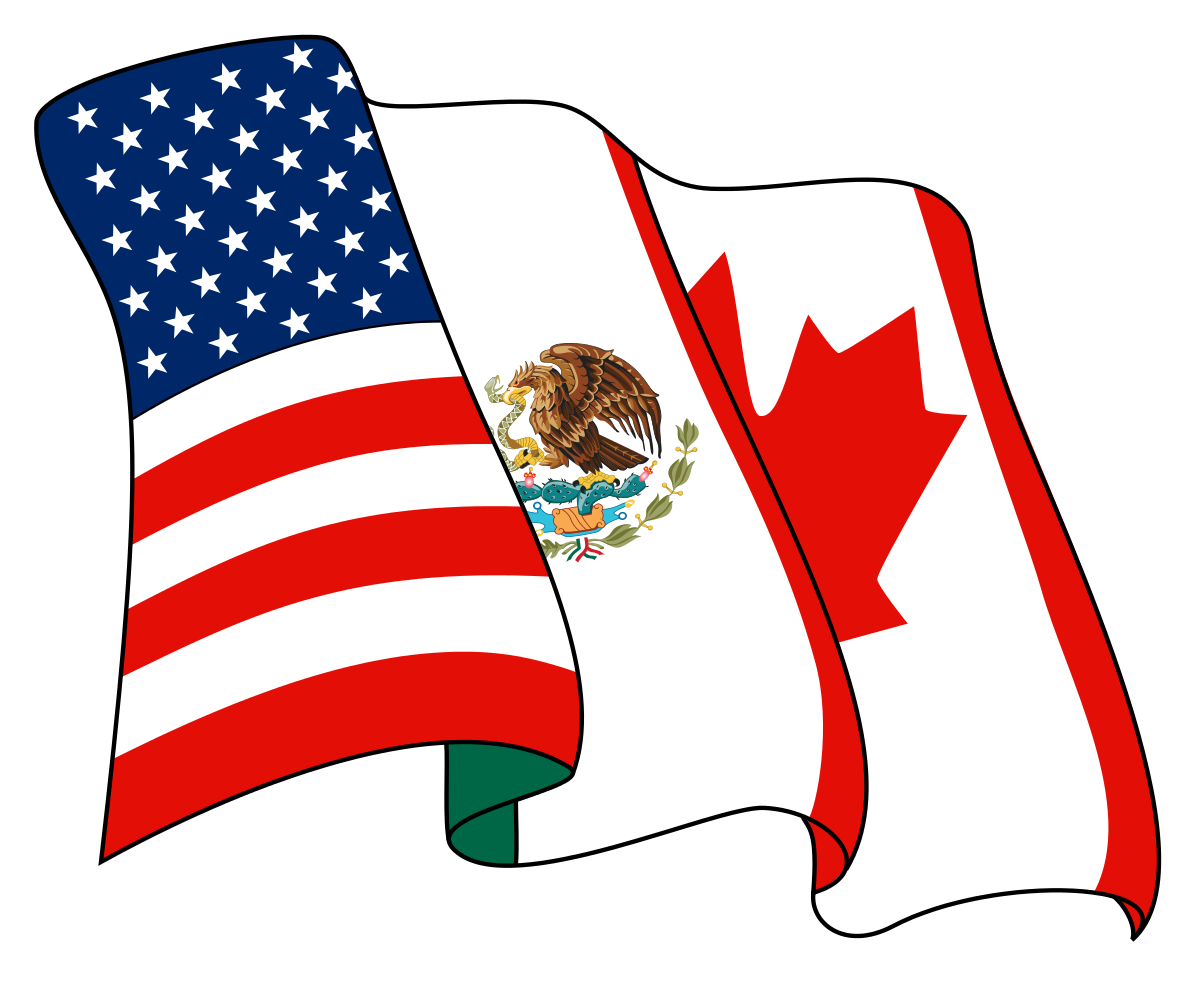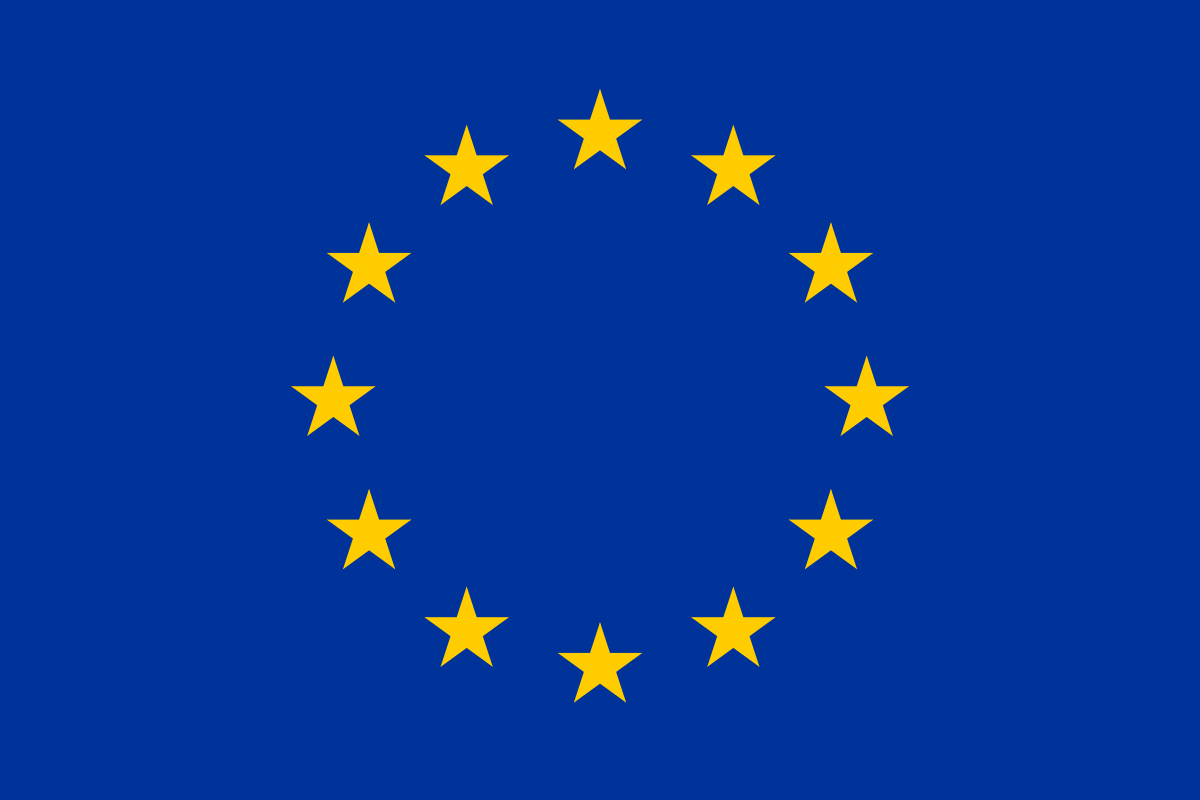Harrison Burnside
Riya Patel
AP Human Geography 🚜
320 resourcesSee Units
Neoliberal Policies
Neoliberal policies are economic policies that promote free market principles, such as deregulation, liberalization, and privatization. These policies are designed to increase the role of the private sector in the economy and reduce the role of the government.
Here are a few examples of neoliberal policies:
- Deregulation: Removing or reducing regulations on business, such as laws and regulations that control prices, protect consumers, or protect the environment.
- Liberalization: Opening up markets to foreign competition by reducing tariffs, quotas, and other trade barriers.
- Privatization: Selling state-owned enterprises, such as utilities or transportation companies, to private investors.
- Austerity: Reducing government spending, often in an effort to reduce budget deficits or debt.
- Free trade: Promoting international trade by reducing tariffs, quotas, and other trade barriers.
- Monetary policy: Using tools such as interest rates to control inflation and stimulate economic growth.
Neoliberal policies have been adopted by many countries around the world, but they have also been controversial and have been criticized for contributing to income inequality, environmental degradation, and other negative outcomes.
New Organizations
Neoliberal policies, including free trade agreements, have created new organizations, spatial connections, and trade relationships, such as the EU, World Trade Organization (WTO), Mercosur, and OPEC, that foster greater globalization.
EU
The EU is a regional organization that promotes economic, political, and social integration among its member states, which are primarily located in Europe. The EU has its own institutions, such as the European Parliament and the European Commission, and it has the authority to make decisions that are binding on its member states.
WTO
The WTO is an international organization that promotes free trade and the liberalization of international trade. It sets rules and standards for international trade, and its member states agree to abide by these rules as part of their membership.
Mercosur
Mercosur is a regional trade bloc in South America that promotes economic integration among its member states, which include Argentina, Brazil, Paraguay, and Uruguay. It aims to create a common market among its member states and to encourage trade with other countries.
OPEC
The Organization of the Petroleum Exporting Countries (OPEC) is an intergovernmental organization of 13 oil-producing countries that aims to coordinate and unify the petroleum policies of its member states. OPEC has the ability to influence global oil prices through its control of a significant portion of the world's oil reserves and its ability to regulate oil production.
These are in Unit 4 in more detail as supranational organizations.
Supranational Organizations
A supranational organization is an international organization that operates above the level of individual nation-states. It is a type of international organization that has powers and functions that go beyond those of traditional international organizations, and its member states are willing to cede some of their sovereignty to the organization in order to achieve a common goal.
Here are a few examples of supranational organizations:
- European Union (EU): A regional organization that promotes economic, political, and social integration among its member states, which are primarily located in Europe. The EU has its own institutions, such as the European Parliament and the European Court of Justice, and it has the authority to make decisions that are binding on its member states.
- African Union (AU): A regional organization that promotes cooperation and integration among its member states, which are located in Africa. The AU has its own institutions, such as the African Union Commission and the African Court of Justice, and it works to promote peace, security, and development on the continent.
- World Trade Organization (WTO): An international organization that promotes free trade and the liberalization of international trade. The WTO sets rules and standards for international trade, and its member states agree to abide by these rules as part of their membership.
- International Monetary Fund (IMF): An international organization that provides financial assistance to member countries in order to help them address balance of payment problems and stabilize their economies. The IMF provides loans to member countries and sets conditions for their use, and it also provides technical assistance and advice on economic policy.
Comparative and Complementary Advantage
Comparative advantage refers to the ability of a country, firm, or individual to produce a good or service at a lower opportunity cost than other producers. It is a concept in international trade that explains why countries specialize in the production of certain goods and services and trade with other countries to obtain the goods and services that they cannot produce as efficiently.
Complementary advantage refers to the ability of two countries to complement each other's production through trade. This occurs when each country has a comparative advantage in producing different goods or services, and they can both benefit from specializing in their respective areas of comparative advantage and trading with each other.
Here are a few examples of comparative and complementary advantage:
- Comparative advantage: Let's say that Country A is able to produce wheat more efficiently than Country B. Country A has a comparative advantage in wheat production, and it makes sense for it to specialize in wheat production and trade with Country B for other goods and services.
- Complementary advantage: Now let's say that Country A also has a comparative advantage in producing wheat, while Country B has a comparative advantage in producing textiles. Both countries can benefit from specializing in their respective areas of comparative advantage and trading with each other. Country A can produce wheat and trade it with Country B for textiles, and both countries can enjoy a higher standard of living as a result of the trade.
In both of these examples, countries are able to take advantage of their comparative and complementary advantages to increase their efficiency and improve their standard of living through trade.
NAFTA
The US, Mexico, and Canada used to be in a free-trade relationship called NAFTA (North American Free Trade Agreement) that had a full removal of all tariffs (taxes on goods that cross international borders). These tariffs created more trade (free trade for that matter) between these 3 countries especially in booming border towns along the borders of each country. Free Trade also allowed for maquiladoras to be built in Mexico that sadly exploited poor Mexican migrant workers. These maquiladoras did, on the other hand, allow for cheaper and quicker manufacturing of products to be sold in the NAFTA zone.
Here are a few examples of how NAFTA has impacted trade between the member countries:
- Agricultural products: Prior to NAFTA, there were tariffs on some agricultural products imported from Canada and Mexico into the United States. Under NAFTA, these tariffs have been eliminated, making it easier for farmers in Canada and Mexico to sell their products in the United States and vice versa.
- Automobiles: NAFTA has made it easier for automobile manufacturers in the United States, Canada, and Mexico to source parts and materials from each other and to sell their finished products in each other's markets. This has led to the creation of a North American automobile production network, in which parts are shipped back and forth across the borders multiple times during the production process.
- Services: NAFTA has made it easier for service providers in the United States, Canada, and Mexico to do business in each other's markets. For example, a Canadian architectural firm can more easily win a contract to design a building in the United States, and a Mexican telecommunications company can more easily sell its services in Canada.
- Investment: NAFTA has encouraged investment in the member countries by eliminating barriers to investment and providing investor protections. For example, a U.S. company can more easily invest in a Mexican manufacturing plant, and a Canadian company can more easily invest in a U.S. software firm.

Image Courtesy of Wikipedia
The European Union
The economies of the EU have been interdependent (reliant on each other to succeed) because they are all members of the Eurozone and use the same currency. The countries go through prosperity together when their economies flourish and when they have trade surpluses. They also go through rough times together like in Greece where the country’s economy has started to fail and default on all of their foreign investment.
Since Greece is struggling and they are an EU member country, the other EU member countries like France and Germany must support them. Since Greece was struggling and the UK was in a flourishing economy, the British wanted to “Brexit” or leave the EU since they were only losing money supporting Greece.
Here are a few examples of how the EU has impacted its member states:
- Economic integration: The EU has created a single market among its member states, in which goods, services, capital, and people can move freely. This has led to increased trade and investment among the member states and has helped to stimulate economic growth.
- Political integration: The EU has fostered cooperation and collaboration among its member states on a range of political issues, such as foreign policy, defense, and justice and home affairs. This has helped to promote stability and security in Europe.
- Social integration: The EU has worked to promote social inclusion and equality among its member states, for example by promoting the free movement of people and by supporting programs to reduce poverty and social exclusion.
- Consumer protection: The EU has established a range of consumer protection rules and standards that apply across its member states, such as rules on product safety, environmental protection, and food safety. This has helped to ensure that consumers in the EU have access to high-quality and safe products.
- Environmental protection: The EU has established a range of environmental protection rules and standards that apply across its member states, such as rules on air and water quality, waste management, and climate change. This has helped to protect the environment and promote sustainable development in Europe.

Image Courtesy of Wikipedia
Browse Study Guides By Unit
🗺Unit 1 – Thinking Geographically
👪Unit 2 – Population & Migration
🕌Unit 3 – Cultural Geography
🗳Unit 4 – Political Geography
👨🌾Unit 5 – Agriculture & Rural Land-Use
🌇Unit 6 – Cities & Urban Land-Use
💸Unit 7 – Industrial & Economic Development
🧐Exam Skills
📚Study Tools

Fiveable
Resources
© 2025 Fiveable Inc. All rights reserved.